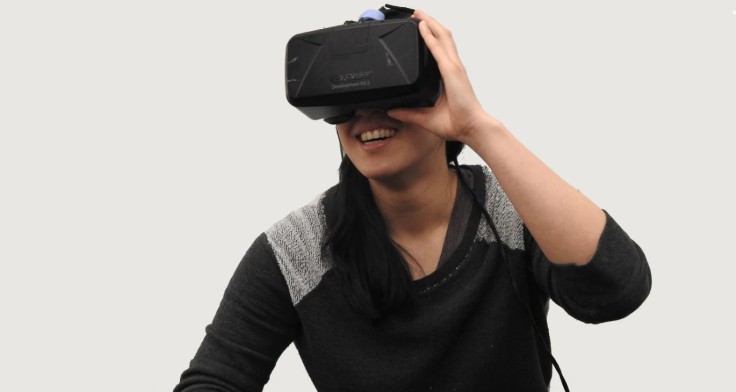
The new face of professional training fully integrates the concept of virtual reality. Fictive immersion through a 3D headset is substituted to real-life, in the field learning for truly compelling results.
The idea of acquiring new skills through entirely virtual means may seem straight out of a science-fiction story. However, virtual reality training - also called "immersive learning" - does exist in the professional world, and the concept even shows some undeniable benefits. Far from only addressing a small number of future-driven start-ups, this solution can, on the contrary, be adapted to a wide array of trades.
Virtual reality is about to become "a cutting-edge tool capable of producing a long-term influence on behavior of employees. You can use it for many many application", explains Bertrand Pierre, Co-Founder & Director at Immersive Factory, an immersive learning specialist offering VR-based EHS training solutions.
What is Virtual Reality Training?
And, above all, how does a virtual business world constitute a training instrument? The answer mainly lies in learning mechanisms and in how trainees assimilate information. As it happens, making the distinction between passive learning and active learning is key in understanding why some approaches yield better results than others.
When one reads textual material, their memorization rate hovers around the 10% mark. This figure doubles for what is heard, and triples in the case of visualized events. To pass the 50% retention mark, the subject needs to see and hear all at once. Telling while writing allows a person to recall 70% of the information. As for active learning, it takes this logic further by inviting the learner to become an actor of their own memorization process. Human beings are indeed capable of remembering 90% of their actions, and 95% of what they do and feel at the same time. This fact shows just how crucial it can be to offer training solutions that avoid placing workers in a passive attitude.
Yet, in practice, organizing a full-scale training session to emulate real-life conditions on the company's premises can prove to be a complicated operation for most businesses. One possible answer therefore often consists in sending the staff off-site to undergo training. One of the most obvious benefits of immersive learning is that this method immerses the learner in their training situation from just about anywhere since all is done from a virtual interface.
As for the situations themselves, they are designed to be perfectly tangible and infinitely customizable. Thanks to a VR (Virtual Reality) headset, the worker is isolated from the world around them. They are absorbed in an environment within which unfolds a scenario whose characteristics encourage them to react to some events and to test their skills. All the sensations are there, but missteps are without consequence. Participants can therefore find enough motivation to learn serenely and without feeling pressured.
The programs offer instantaneous feedback, allowing trainees to understand their mistakes immediately, and predisposes them not to make them again. Vivid, playful and immersive, virtual reality training is as effective as it is versatile and provides businesses with the possibility to customize every last detail of their learning tool.
Virtual Reality Training Solutions for Various Industries
Far from representing the sole prerogative of the nuclear or aeronautic industries, virtual reality training has become relevant to a wide array of sectors, as immersive learning can be adapted to fit various kinds of requirements. This allows its scenarios to emulate real-life working conditions, including dangerous or complex events. These simulations can even put the participants in a situation where they need to interact with individuals for customer/salesperson or manager/employee-type exchanges. Interview or sales outlet reconstructions, for instance, prepare learners to a whole range of possible circumstances. Just picture a shop where you can walk around thanks to a 360° experience and where everything happens exactly as if you were there in person.
Virtual reality training may also be seen as an awareness-building tool. In hospitals, medical teams trained using immersive learning get to experience how patients who suffer from certain conditions interact with the world around them.
Virtual Reality Training: A Solution for Businesses of All Sizes
The time when immersive learning involved immense logistical resources is far behind us. VR equipment is miles ahead of
where it used to be - notably due to its instatement within the universe of gaming - and even SMEs and very small companies can now rely on virtual reality training. HTC, Sony or Samsung offer high-quality hardware, which makes such learning solutions much more affordable than they used to be just a few years ago.
With the wind fully in its sails, immersive learning is continuing to evolve within the professional sphere, and new ways to harness its potential are being discovered every day. One thing for sure: employees will not be the ones to complain about it! Without having to travel and thanks to such playful methods, they will never have to be coerced into continuous learning again.









